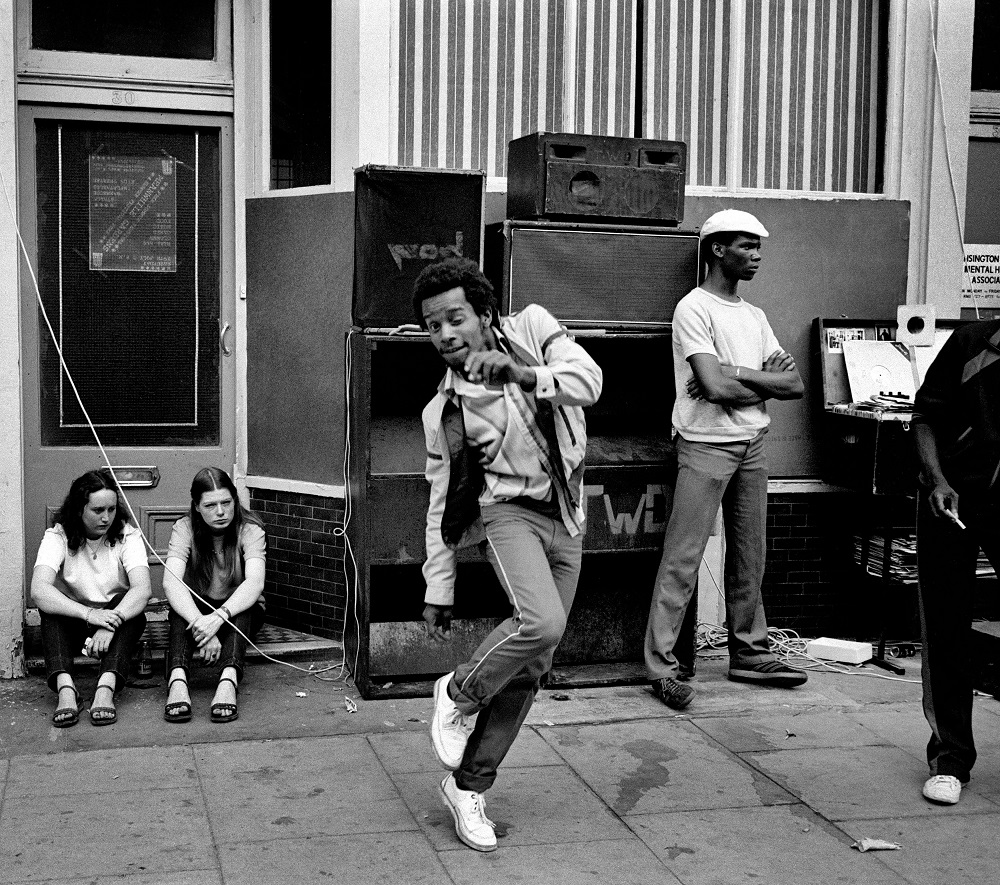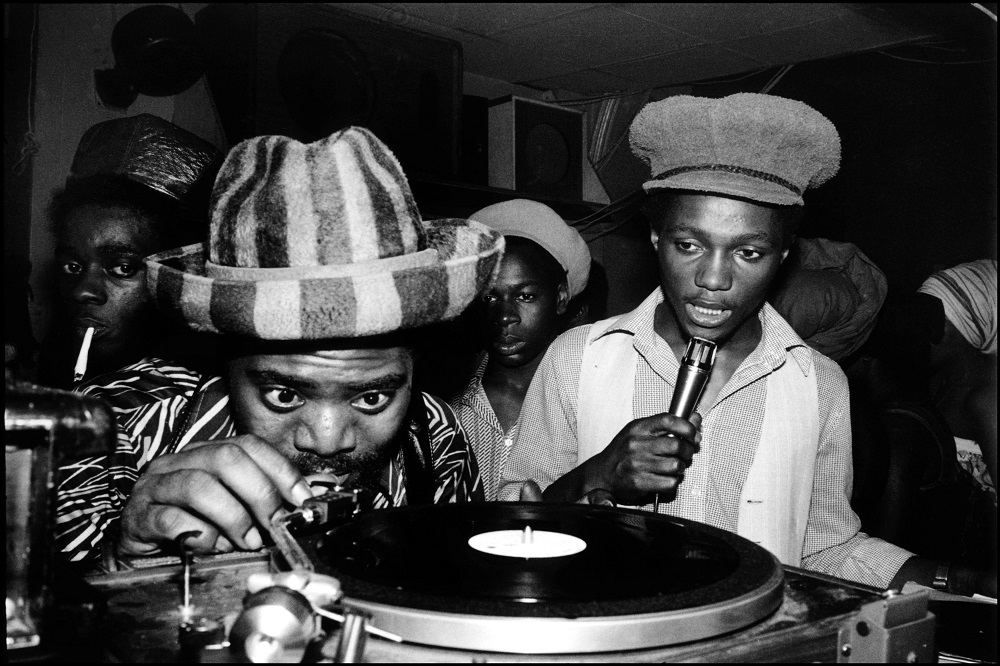The Museum of London is hosting Dub London: Bassline of a City, which will run until 31 January after being delayed by Covid-19.
The exclusive free display will celebrate dub reggae music and culture in the capital, from its roots in Jamaican reggae to how it has shaped communities and culture over the last 50 years.
Dub, a way of creating music by using the recording studio itself as an instrument, has had a far-reaching impact across the music industry and the history of the capital. It has influenced multiple genres intrinsically linked to London like punk, post-punk, drum and bass, garage, dub-step and grime and even extends into many areas of mainstream pop.
London has been a hub for artists and production since the mid-1970s, with recording studios, record labels, record shops, radio stations and clubs peppered across the city.
The display will not only explore the music’s influence but its wider cultural and social impact including the origins of the record shop as a community space, the continuing role of sound systems at events like Notting Hill Carnival both historically and up to present day and the religious, political and spiritual themes that form the pulse of dub culture and music.
- The iconic speaker stack belonging to Channel One Sound System that has appeared every year at Notting Hill Carnival since 1983.
- A bespoke record shop created in collaboration with Papa Face of Dub Vendor Reggae Specialist with a selection of 150 vinyl records available to listen to chosen by fifteen London based independent record shops.
- Collaborations with notable names and organisations including Mad Professor, Rastafari Movement UK, Sisters in Sound, Channel One Sound System and representatives of various independent record shops across London.
- Historic and contemporary photography, including 21 newly acquired photographs by Dennis Morris, Charlie Phillips, Eddie Otchere, Adrian Boot, Jean Bernard Sohiez and Richard Saunders as part of Curating London’s contemporary collecting.
- Oral histories and/or text from Nzinga Soundz, Gaz Mayall, Dennis Bovell and more.

NOW READ: Faith provides focus for photographer’s exhibition in City’s squares
Through collecting objects, memories and personal stories from some of dub’s most influential people and places from across the capital, Dub London: Bassline of a City will plunge visitors into the heart of dub reggae and invite them to discover its rich and varied history.
Theresa Dhaliwal Davies, Museum of London’s Dub London: Bassline of a City Curator, said: “London has always been a cultural melting pot – a place where you can call yourself a Londoner and bring your own cultural heritage to the mix.
“The Windrush generation faced racism, a lack of accommodation and no access to meaningful work. The importance of community meant retaining a feeling of ‘home’ through Caribbean music and culture.
“This led to introducing reggae and dub to London as sound systems which were set up at blues parties or ‘shabeens’ held in people’s homes in dense working-class areas of London, creating a protected space for people to express themselves. These parties paved the way for bigger sound systems, spilling into community centres, churches and outdoor spaces.
“All of this contributed to how dub reggae music and culture would influence London and we’re really excited to share these stories, many for the first time on such a scale, with Museum of London visitors.”
Main image © Jean Bernard Sohiez and Urbanimage.
For the latest headlines from the City of London and beyond, follow City Matters on Twitter, Instagram and LinkedIn.







